Samburu National Reserve & Conservancies
The remote and rugged landscape of Samburu, Buffalo Springs, and Shaba National Reserves offers one of Kenya’s most authentic and rewarding safari experiences. Situated in the semi-arid north, this region—formerly known as the Northern Frontier District—is defined by striking red earth, vast acacia plains, and the lifeblood of the Ewaso Ng’iro River.
In Samburu National Reserve, the river’s banks are lined with doum palms and tamarind trees beneath the towering Ololokwe Mountain, sacred to the Samburu people. The area supports a remarkable diversity of wildlife, including rare northern species such as the Grevy’s zebra, reticulated giraffe, Beisa oryx, and gerenuk. Elephants and lions are frequently seen, while leopards and crocodiles inhabit the riverine forests. Birdlife flourishes, with over 450 recorded species.
Across the bridge lies Buffalo Springs, sharing much of the same wildlife but also home to the common zebra, found only on the southern side of the river. To the east, the larger and wilder Shaba Reserve features lava outcrops, natural springs, and scenic hills that provide sanctuary for elephants, cheetahs, and leopards.
Encircling these reserves is a network of Samburu community conservancies—including Kalama, and Namunyak—where the local Samburu people have set aside land for wildlife conservation. Supported by the Northern Rangelands Trust (NRT), these conservancies create vital wildlife corridors connecting the reserves with the Matthews Range and beyond.
In return, local communities benefit from tourism partnerships, ranger employment, and investment in education, healthcare, and water projects. This model allows wildlife and people to thrive together, ensuring that the Samburu region remains one of Kenya’s most culturally rich and ecologically significant safari destinations.
The Samburu National reserve has as its backdrop the great table mountain Ololokwe. Vegetation is limited to a narrow stretch of doum palms tamarind and some woodland bordering the Ewaso Ng’iro River. Away from this is hot dusty scrubland and acacia woodland. Termite mounds and weaver bird nests are common Samburu sights. Some mammals are well adapted to this desolate landscape and are rarely seen in less harsh climes. The rare Grevy’s zebra, Beisa Oryx and reticulated giraffe are among these. Crocodile and hippo dwell in the river. The long necked gerenuk or ‘giraffe necked antelope’ as it’s also known, can often be seen on its hind legs seeking food from desiccated bushes. Leopards are rarely seen, birdlife however proliferates with large flocks of guinea fowl drinking from the riverbanks in the afternoon. One downpour can turn the normally brown baked land green overnight. A daily highlight of the area’s dry season is the visits to watering holes called ‘Sarara Singing Wells’ by Samburu warriers. The warriors descend into the holes which can be up to 10m deep. They then pass water hand to hand up to the waiting cattle while chanting their traditional Samburu songs.
Buffalo Springs is linked to Samburu to the south by a bridge crossing the Ewaso Ng’iro which was built in 1964. It shares much of the same wildlife as Samburu but intriguingly is also home to the common zebra not found just over the bridge on the north side of the river. A crater in the park was created by some misjudged bombing by an Italian pilot in the Second World War.
The 3rd and largest of the 3 linked reserves is Shaba National Reserve (246 sq km). The park is names after the sandstone Mount Shaba which lies partially within the reserve and 5000 years ago oozed lava down the Nyambeni Hills. With 4 springs Shaba is ironically better watered than Buffalo Springs or Samburu. Heavy rainfall can make the tracks only suitable for 4 wheel drive vehicles which adds to its reputation of exclusivity for many travellers seeking a ‘genuine’ Kenyan experience. Heavy poaching has made the local wildlife shy although it is still possible to see elephant, cheetah, waterbuck and leopard as well as the mammals which are adapted for the harsher conditions of the north as seen in the Samburu Reserve.
Samburu Reserve & Conservancy Accommodation
Talk to a Specialist
Choose a Safari Specialist in your time zone and start planning your tailor-made safari to Kenya.
Rick McIntyre
Hello, I'm Rick, based in Ontario, Canada, with over 15 years in the travel industry and a passport filled with stamps from over 70 countries. My heart was captured by Africa during my first visit to Kenya, and since then, I've journeyed back repeatedly, exploring the diverse landscapes and wildlife of Kenya, Tanzania, Rwanda, Zambia, Zimbabwe, Botswana, Namibia, and South Africa. Whether you're dreaming of a "once in a lifetime" vacation or you're a seasoned safari traveler, I'm here to assist in planning your perfect African adventure.
You can contact me at rick@gamewatchers.com or give me a call at +1-877-710-3014.
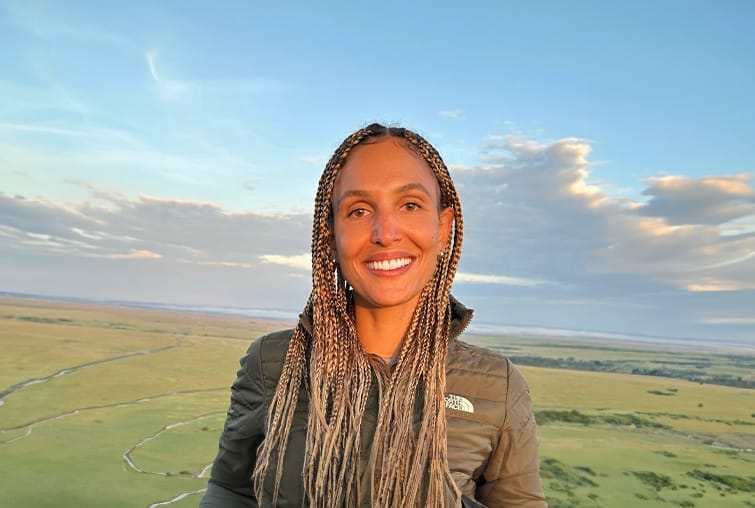
Rachel Chambers
Rachel Chambers
Hi, I’m Rae, based on the West Coast of Canada, on beautiful Vancouver Island. I’m a passionate traveler who has explored nearly 30 countries, but it was a solo journey to Africa that truly transformed my perspective. From the moment I arrived in Botswana, I felt an undeniable connection to the continent and was inspired to spend more time experiencing its extraordinary wildlife, breathtaking landscapes, and rich cultures. My solo travels have since taken me through Zimbabwe, Zambia, Mauritius, South Africa, Uganda, Namibia, and Kenya, where I experienced Gamewatchers Safaris and Porini Camps firsthand. It was during these immersive and unforgettable journeys that my passion for Africa evolved into a clear vision: to join the Gamewatchers team and help others discover the magic of safari. I’d love to connect and plan your wildest dreams!
You can contact me at rae@gamewatchers.com
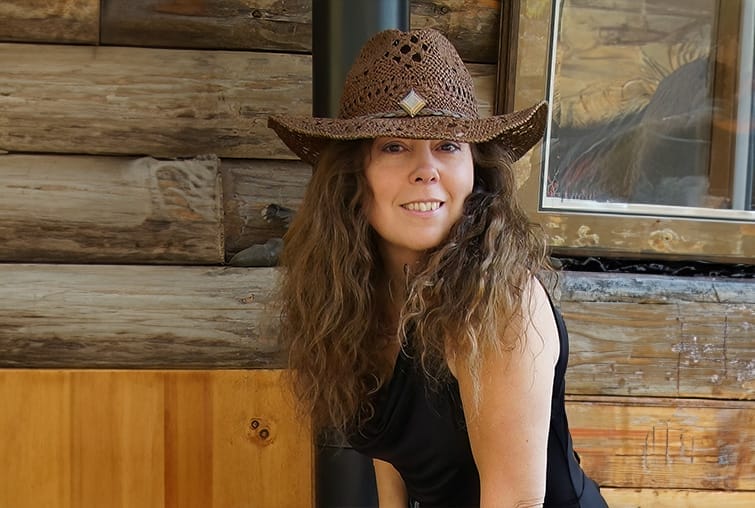
Julie Roggow
Julie Roggow
Greetings, I'm Julie Roggow, and I come to you with over two decades of immersion in the world of travel. My journey into the heart of safari adventures began as I traversed Kenya, Uganda, Tanzania, Rwanda, Botswana, Zimbabwe, and South Africa, capturing the essence of these mesmerizing landscapes through my lens. Among these remarkable destinations, Kenya and the Porini safari camps hold a special place in my heart. Their unique blend of wilderness and conservation resonates deeply with me.
My passion for travel is matched only by my dedication to sharing that passion with others. I'm here to ensure that planning your safari vacation is an enjoyable and seamless experience.
Feel free to reach out to me by email at julie@gamewatchers.com or through our toll-free telephone line at +1-877-710-3014.
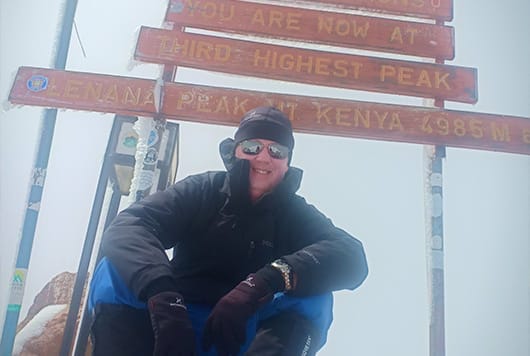
Wayne Hammond
Wayne Hammond
Hello, I'm Wayne Hammond, and I'm fortunate to have embarked on over 30 incredible journeys to the enchanting continent of Africa. It's a place that has captured my heart time and time again. My travels have taken me to Kenya, which I've had the pleasure of visiting far more times than I can recall, as well as to Tanzania, Zimbabwe, Zambia, Botswana, Rwanda, Uganda, South Africa, and Mozambique. Among my cherished bush haunts, I hold dear the Masai Mara in Kenya, the mesmerizing Mana Pools in Zimbabwe, and the wondrous South Luangwa National Park in Zambia. I'm not just a passionate traveler but also an avid amateur wildlife photographer and an occasional travel writer.
If you're ready to embark on your own African adventure, don't hesitate to reach out to me at wayne@gamewatchers.com or give me a call at +44 7986 978 985.
Andrea Landaeta
Hola, I’m Andrea and my love affair with the captivating world of safaris began during my teenage years when I embarked on my very first safari in Kenya. There, amidst the awe-inspiring wildlife and expansive plains, I found my true passion. Over the years, Kenya has called me back time and time again, leading me to explore its myriad camps, conservancies, and renowned parks. More recently, I've had the privilege of staying at all the Porini Camps, where the spotlight shines on wildlife conservation—a cause close to my heart as I traverse the globe. While Kenya holds a special place in my wanderlust-filled heart, Tanzania, Uganda, and Rwanda have also woven their magic into my soul. If you're eager to embark on your own safari adventure or share your passion for conservation, please feel free to contact me at andrea@saririterra.com
Let's connect and embark on a journey through Africa's wild wonders together.
Pranay Chandra
Hello, I’m Pranay Chandra, a veteran of the Indian Armed Forces whose profound passion for nature and wildlife led me to the world of wildlife photography. My lens has captured the essence of the wild, earning recognition in esteemed competitions like the Sanctuary Asia annual wildlife awards and the Natural History Museum’s Wildlife Photographer of the Year awards. Beyond photography, I’ve dedicated myself to conservation efforts, collaborating with Ecological Task Forces and supporting WWF India’s training initiatives in tiger reserves. In the realm of education, I’ve partnered with CEC, New Delhi, to create informative video programs on Human-Wildlife Conflicts. I’ve ventured to Kenya, embracing the splendours of Africa while staying at Porini camps and other renowned lodges.
You can connect with me via email at pranay@gamewatchers.com or by phone at +91 801 788 5256
Form Off Contact Specialist Box
Talk to a Specialist
Choose a Safari Specialist in your time zone and start planning your tailor-made safari to Kenya.
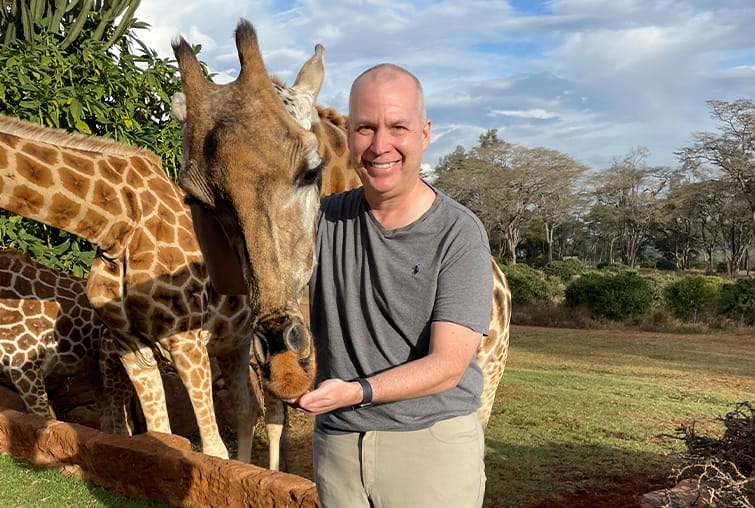
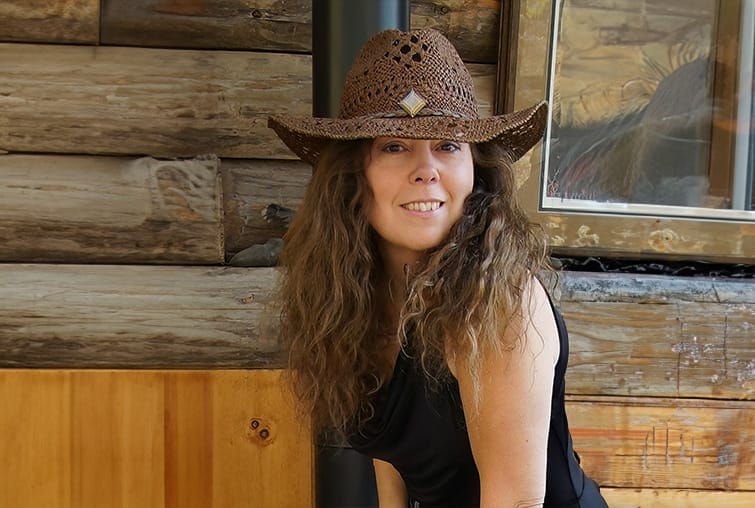
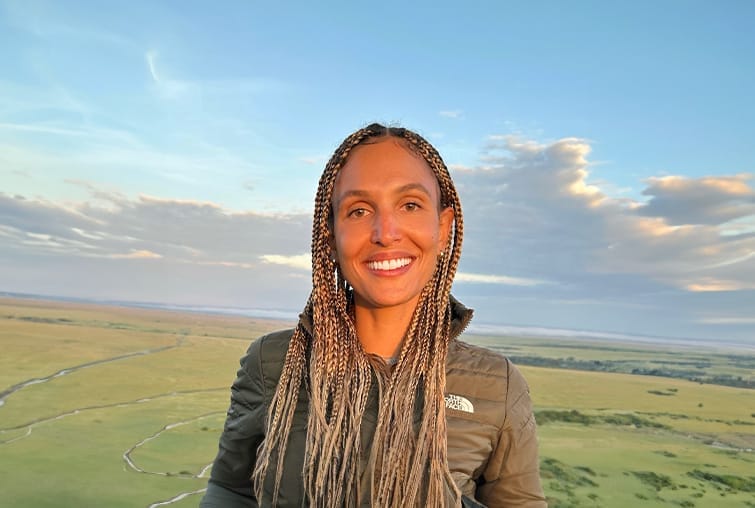
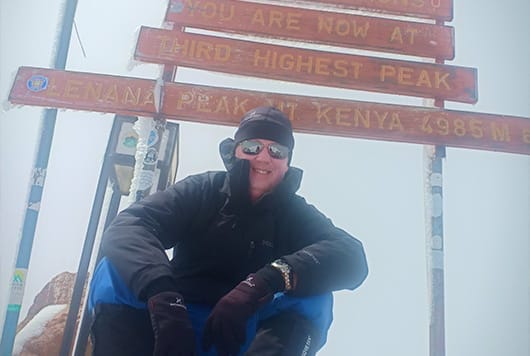

Hola, I’m Andrea and my love affair with the captivating world of safaris began during my teenage years when I embarked on my very first safari in Kenya. There, amidst the awe-inspiring wildlife and expansive plains, I found my true passion. Over the years, Kenya has called me back time and time again, leading me to explore its myriad camps, conservancies, and renowned parks. More recently, I’ve had the privilege of staying at all the Porini Camps, where the spotlight shines on wildlife conservation—a cause close to my heart as I traverse the globe. While Kenya holds a special place in my wanderlust-filled heart, Tanzania, Uganda, and Rwanda have also woven their magic into my soul. If you’re eager to embark on your own safari adventure or share your passion for conservation, please feel free to contact me at andrea@saririterra.com
Let’s connect and embark on a journey through Africa’s wild wonders together.
Andrea Landaeta

Hello, I’m Pranay Chandra, a veteran of the Indian Armed Forces whose profound passion for nature and wildlife led me to the world of wildlife photography. My lens has captured the essence of the wild, earning recognition in esteemed competitions like the Sanctuary Asia annual wildlife awards and the Natural History Museum’s Wildlife Photographer of the Year awards. Beyond photography, I’ve dedicated myself to conservation efforts, collaborating with Ecological Task Forces and supporting WWF India’s training initiatives in tiger reserves. In the realm of education, I’ve partnered with CEC, New Delhi, to create informative video programs on Human-Wildlife Conflicts. I’ve ventured to Kenya, embracing the splendors of Africa while staying at Porini camps and other renowned lodges. I’m based in Bangalore, India, and you can connect with me via email at pranay@gamewatchers.com or reach me by phone at +91 801 788 5256, including WhatsApp. Let’s embark on a journey to celebrate the beauty and conservation of our natural world together.
Pranay Chandra

Hello, I’m Kristy, your Australian-based Safari Advisor with Gamewatchers Safaris and Porini Camps. My background in ecology and conservation management, combined with a deep passion for nature and the great outdoors, led me to Kenya where I instantly fell in love with its spectacular wildlife and warm-hearted people. Having spent significant time at our Porini Camps and explored other camps we offer, I bring intricate knowledge to help craft your ultimate wildlife safari adventure. Whether you’re seeking the thrill of the savannah or the serenity of the wilderness, I’m here to make your safari dreams a reality.
Feel free to reach out to me on the Gold Coast, Australia, at kristy@gamewatchers.com or call +61 419 175 672
Kristy Thomson
Form Off Contact Specialist Box
How To Make The Best Choice For Your Wildlife Safari in Kenya
Don’t miss out on our free copy of our 36 page Guide to Choosing a Safari in Kenya. A must-read before booking any safari tour to ensure you make the most of your time and budget and get the best possible experience.
How To Make The Best Choice For Your Wildlife Safari in Kenya
Don’t miss out on our free copy of our 36 page Guide to Choosing a Safari in Kenya. A must-read before booking any safari tour to ensure you make the most of your time and budget and get the best possible experience.
How To Make The Best Choice For Your Wildlife Safari in Kenya
Don’t miss out on our free copy of our 36 page Guide to Choosing a Safari in Kenya. A must-read before booking any safari tour to ensure you make the most of your time and budget and get the best possible experience.

































